Cyprus is a tiny island with a big problem.
Since 1974, it’s been split in two.
The British controlled the island until 1956 (and still maintain some military bases there), but independence was not smooth. The island’s Greek Cypriots and Turkish Cypriots clashed after a coup d’etait, culminating in the 1974 Cyprus War. The Turks took control of the northern third of the island, while the Greeks held on to the rest. The country remains divided today by a UN-maintained green line; Turkey is the only country in the world that recognizes North Cyprus as a legitimate country.
When a friend recommended I visit Cyprus, I forgot about all of this history. It wasn’t until I looked up Ercan Airpot that I realized I would be booking a ticket to an “unreal” country.
North Cyprus, despite its ambiguous status, is a popular vacation destination… for Turks and for British package tours. There wasn’t a lot of available information for a solo traveler with an American passport. But it’s a beautiful place, and it is possible to easily travel around the top of this island!
Logistics
In order to travel to North Cyprus, your plane must touch down in Turkey first and then head on to the island. This is because Ercan Airport is not recognized as an international airport, since North Cyprus is not recognized as a country. It’s necessary to touch down in a recognized international airport, so your flight will land in Turkey, then take off again and land in North Cyprus.
It is also possible these days to go to the southern part of Cyprus first and cross the checkpoint into North Cyprus, usually through the checkpoint in the capital city, Nicosia. If you are not an EU citizen, and you’d like to see both sides of the island, this is your only option. Ercan Airport in North Cyprus is not recognized as a valid point of entry in the south, so if you enter Greek Cyprus from the North, you won’t have a valid entry stamp and could be deported. I hear that it’s possible to get away with it, but I wouldn’t take the chance.
If you are an EU citizen, you can enter from either side—Cyprus is an EU member state, which grants passport-free travel to EU citizens. The EU does not recognize the Turkish occupation of the North, so EU citizens are able to cross back and forth without issue. (Interesting fact– Cyprus is the only EU member state that is divided like this.)
As an American in Turkey, I was only able to fly to North Cyprus, and I was unable to cross to the south. I chose to focus on North Cyprus out of necessity, though it would have been nice to do a comparison. Luckily, North Cyprus is beautiful and full of history, so it wasn’t a bad situation to be in.
Upon arriving in North Cyprus, you can ask for passport control to stamp a separate piece of paper instead of your passport. This will prevent problems if you’d like to go to Greece later– you could be denied entry with North Cyprus stamps in your passport. Luckily, the people at passport control are very understanding AND speak excellent English. I had absolutely no problem with this.
Accommodation
North Cyprus is full of hotels but very few hostels. I stayed at a hostel in Kyrenia called Cyprus Dorms which was comfortable and centrally located. Because I was traveling off-season, it was easy to make last-minute reservations. During the peak warm months, it’s best to book ahead. In Famagusta, I stayed in a hotel called Altin Tabya, which was comfortable though definitely a bit worn down (it seemed like it was fresh out of the ’70’s or ’80’s) and had no Wi-Fi at all. However, they serve free breakfast and the owner, Erol, is a gem.
Getting Around
All the research I did before arriving recommended renting a car to travel around North Cyprus, but I hate driving so I knew I’d be depending on buses. It turned out that it was rather easy to get between the major cities using buses or dolmus (shared cabs). There was a bus from the airport to Kyrenia called Kibhas that cost 11.50 tl, or $5.75. The bus went to most of the other major cities in North Cyprus: Nicosia, Famagusta, and Morphou. (The cities have different names in Turkish, and it’s good to familiarize yourself with them, but usually the city names are written both ways. See the “Miscellaneous” section of this post for the Turkish names.) Traveling between Kyrenia and Nicosia by dolmus cost me 5 tl ($2.50) each way; Kyrenia to Famagusta was 10 tl ($5). The buses and the dolmus all departed frequently.
Food
Most of the food in North Cyprus is Turkish, with helim (halloumi) cheese on the menu more frequently than in Istanbul. It’s also possible to get British food, including English breakfast, though it tends to be expensive.
In Kyrenia, I ate at a terrific restaurant called Ozgulen that had nothing in the way of atmosphere– think florescent lights and a big TV playing Turkish pop videos– but more than made up for it with its delicious food and cheap prices. I ordered a lentil soup (mercimek corba), lahmacun (a thin crisp dough with minced meat), and ayran (a salty Turkish yogurt drink). I didn’t realize that my food came with warm fluffy bread, a giant bowl of oily olives, and a free post-dinner tea. I was stuffed and content and the whole meal only cost 9 tl, or $4.50.
In Famagusta, I stumbled upon a beautiful cafe by the sea, just beyond the walls of the Old City, called Palm House Cafe. The atmosphere, food, and service were excellent, and the waiter kept bringing me free drinks– homemade mint lemonade and Turkish coffee– because (I think) he felt bad that I was sitting alone. I could have lingered in this cafe for hours.
Miscellaneous
North Cyprus is known for its casinos– and there are a lot of them. Casinos are not legal in Turkey, so many Turks vacation in North Cyprus for the gambling. I didn’t go to the casinos– it’s not my jam– but you can.
The currency in North Cyprus is Turkish Lira (tl).
North Cyprus is known for its universities, so it’s likely you’ll bump into students at some point.
Nicosia is also known as Lefkosa, Kyrenia is also known as Girne, Famagusta is also Gazimagusa, Morphou is also Guzelyurt. Most North Cypriots will use the Turkish names, but everyone knows both—you shouldn’t have a problem if you refer to cities by the Greek names.
It’s a strange and delightful thing to visit a country that the world does not recognize. North Cyprus is beautiful and full of history, and fully worth a visit—don’t let its ambiguous status deter you.

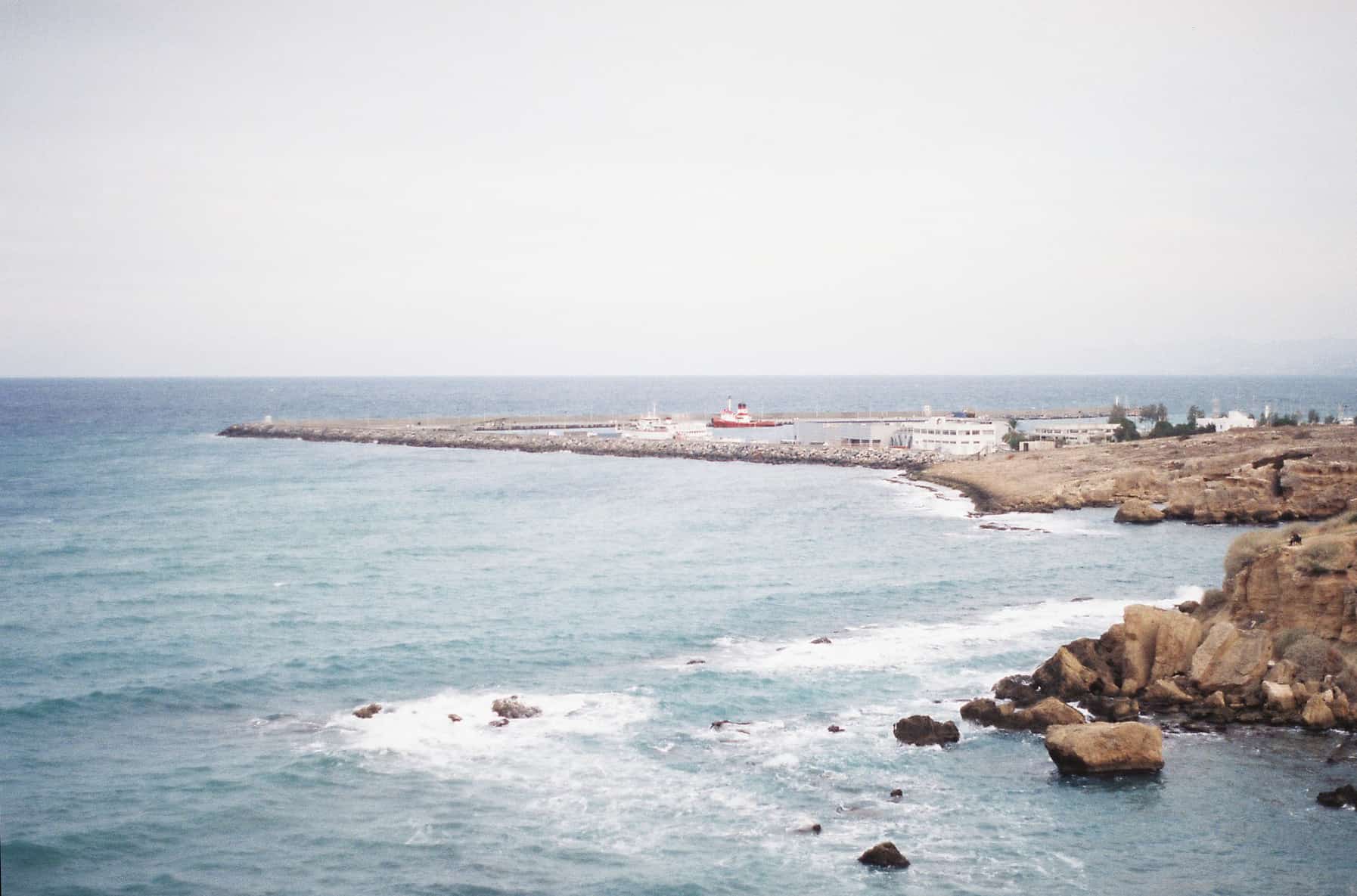
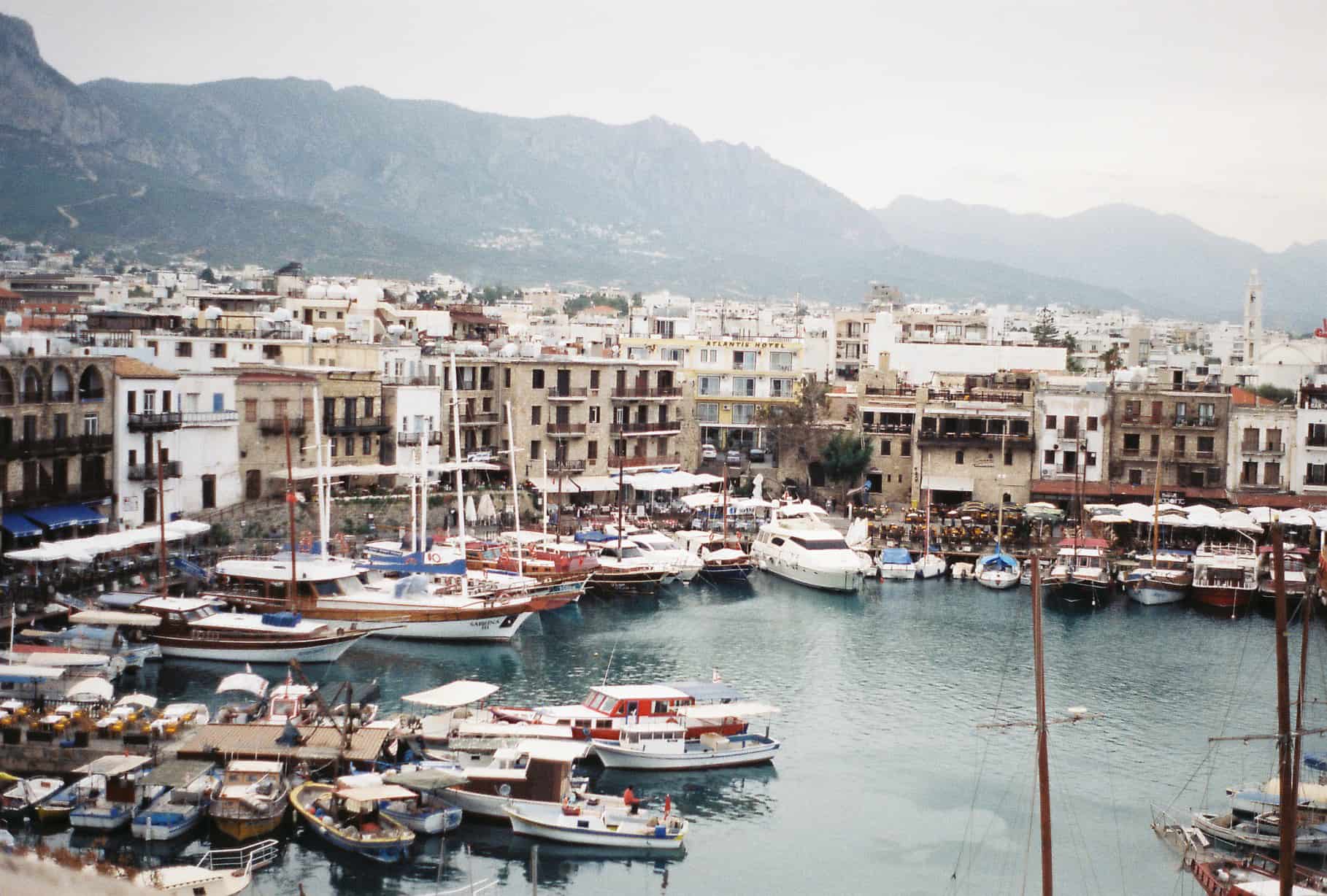
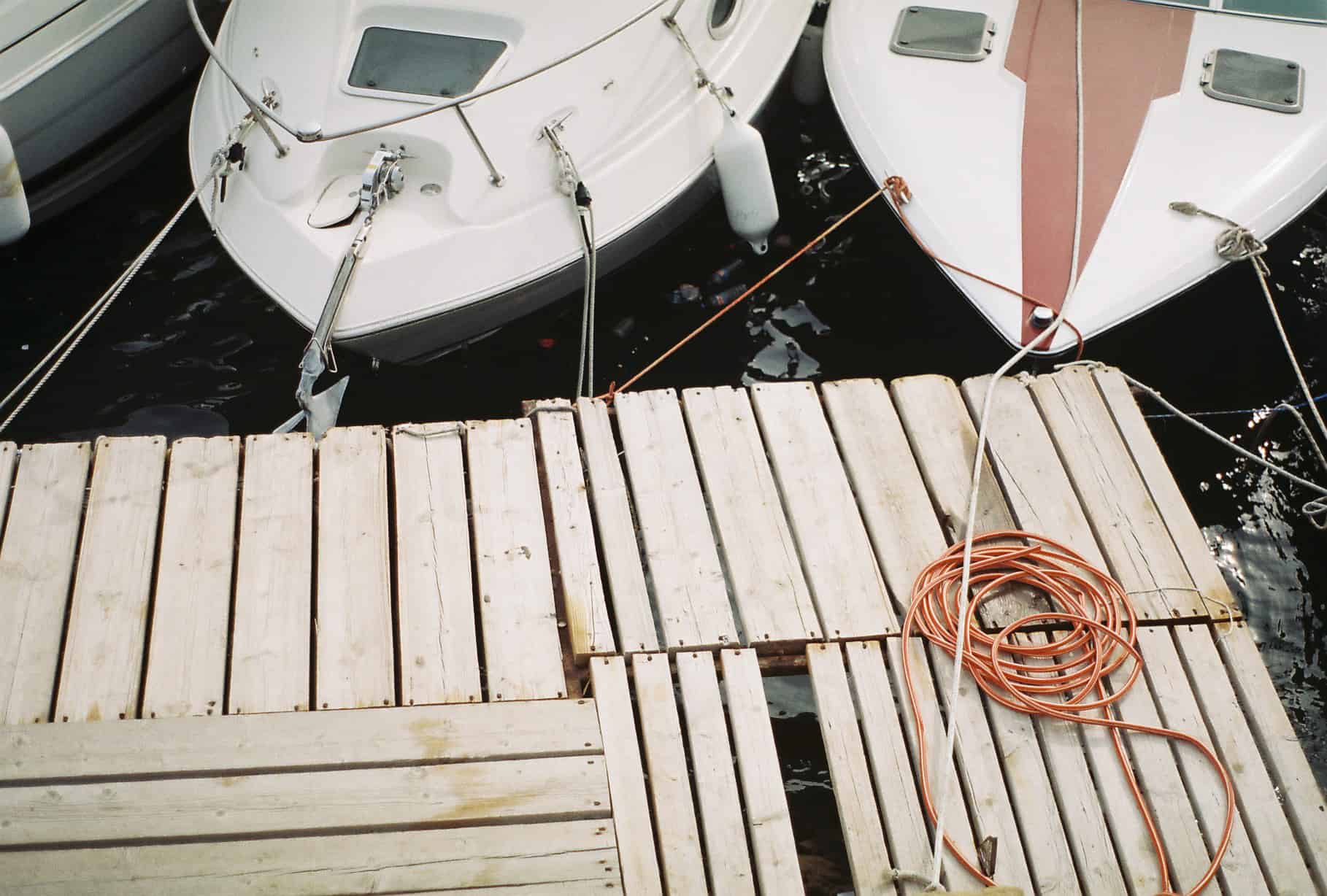

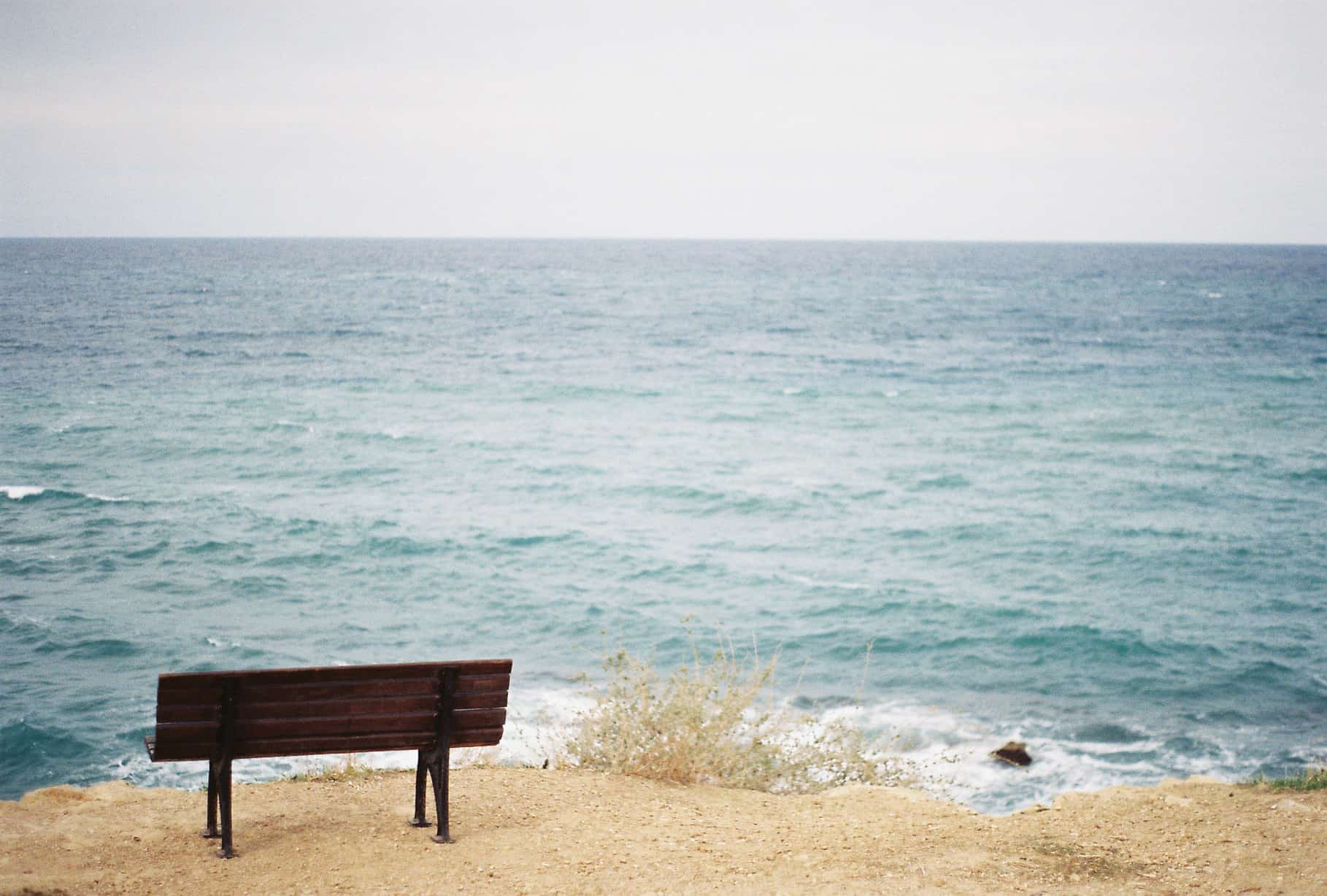
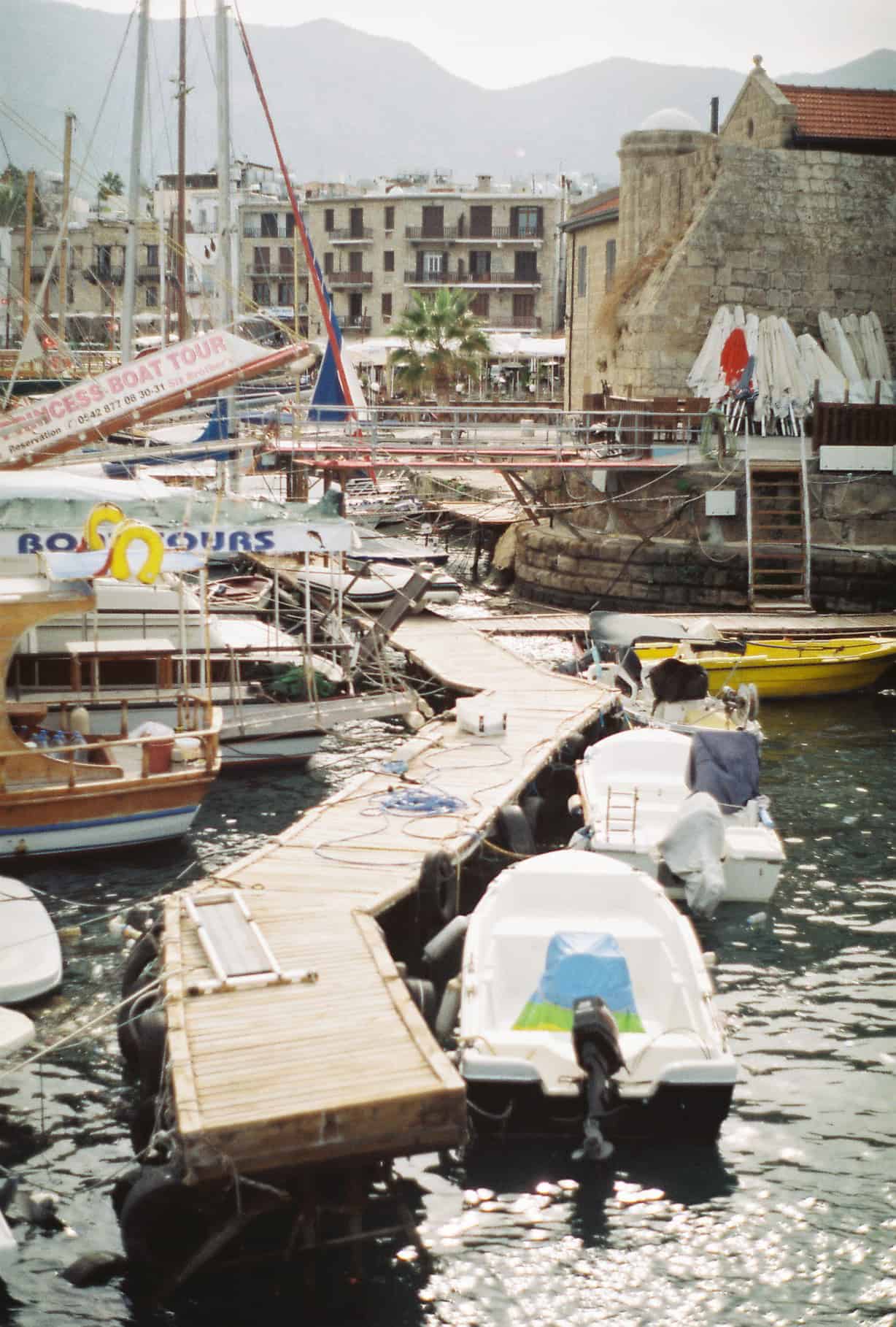
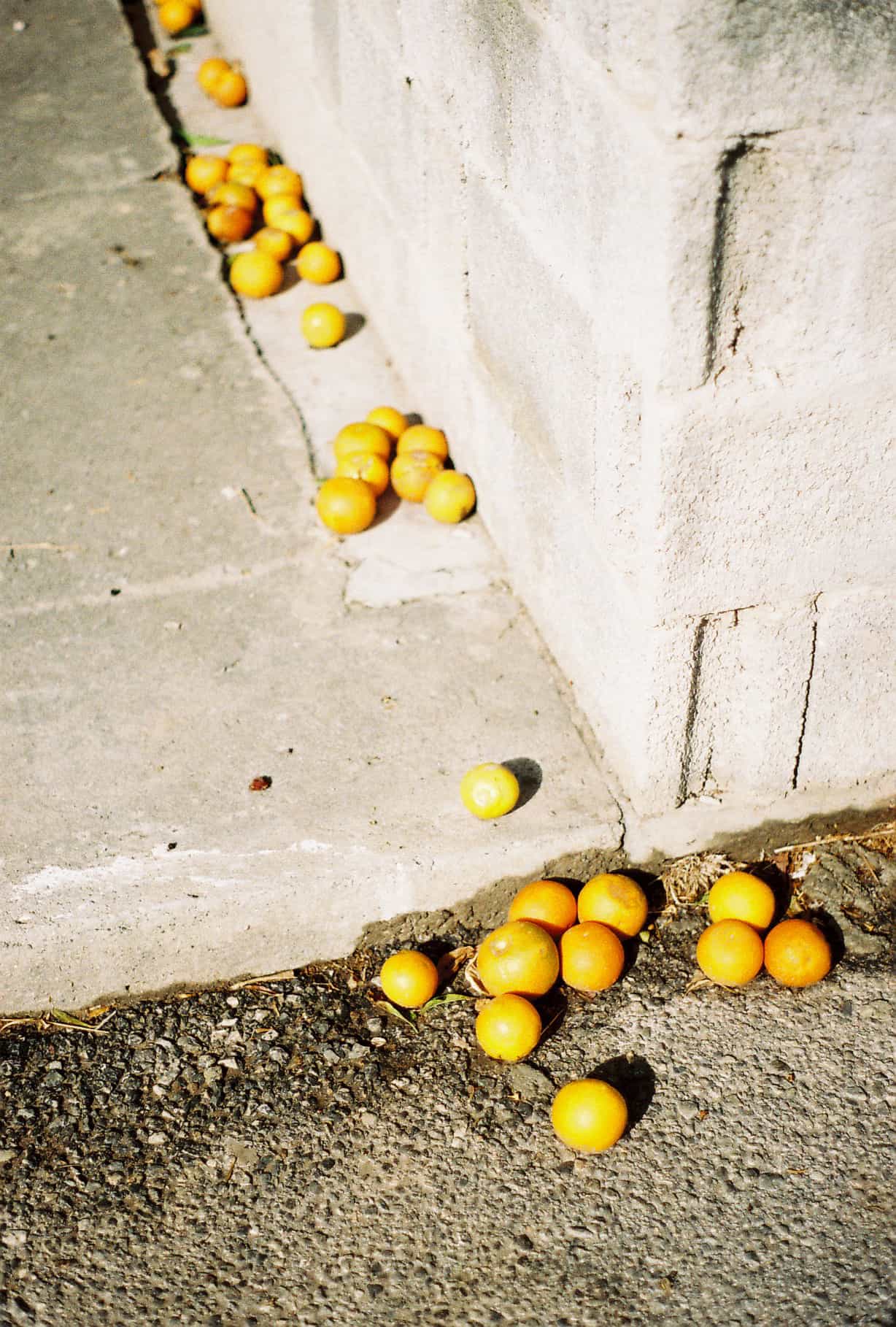
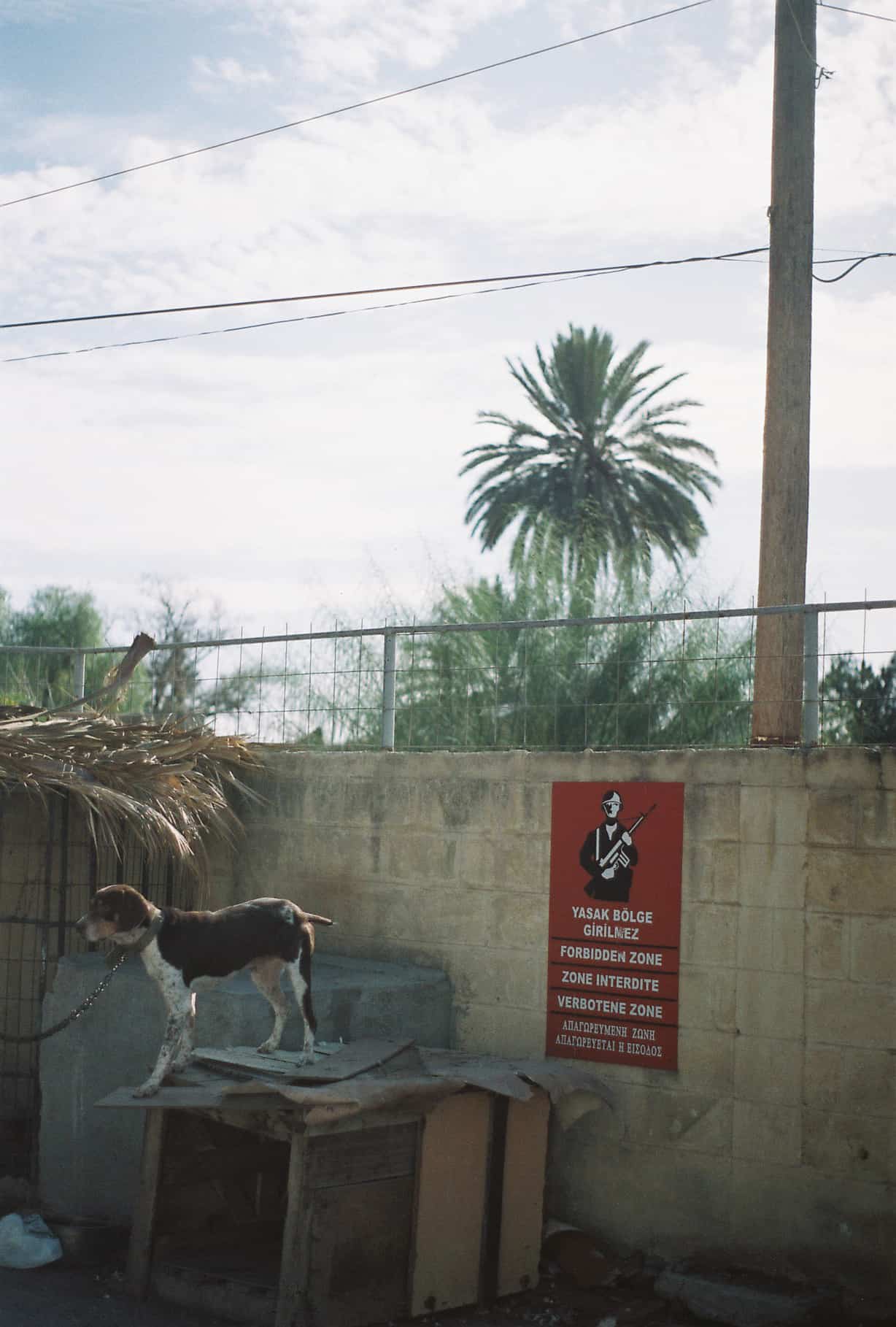
18 Comments
hungryandfit
January 14, 2014 at 11:34 PMGreat post
Travelling Book Junkie
January 15, 2014 at 12:08 AMNext time I visit Cyprus I think I might be heading North after seeing your pictures 🙂
Katrinka
January 15, 2014 at 9:50 PMYou certainly should! North Cyprus is great.
M. R.
January 15, 2014 at 1:53 AMOh, the hypocrisy of religion! – Turks holidaying there so they can attend the casinos. All the same, religions. I love the image of the lemons, which (of course!) evokes Lawrence Durrell’s marvellous book, “Bitter Lemons”. If you get time, read it: it’s all about this sad country.
Katrinka
January 15, 2014 at 9:55 PMI don’t know if it’s hypocrisy– Turkey is a secular republic and many people here are not religious. To me, it seems more similar to Americans who vacation in Las Vegas.
Best Blog Posts of the Week: From Backpacking to Beauty - Notes of Nomads
January 15, 2014 at 3:37 AM[…] The Logistics of a Holiday in North Cyprus, The Unrecognized Country by Katrinka […]
Sally
January 15, 2014 at 5:05 AMI loved Northern Cyprus, I’m glad you did too! Such an incredible place to be. And beautiful pictures, too! 🙂
Katrinka
January 15, 2014 at 9:55 PMThank you, Sally!
Katie
January 15, 2014 at 2:25 PMInteresting – and glad to know that this are easier for EU citizens.
I love the photo of the lemons too. Makes me want to go somewhere warm and drink real lemonade!
http://www.secondhandhedgehog.com
Katrinka
January 15, 2014 at 9:57 PMThank you Katie! It wasn’t overly warm when I was in North Cyprus, but I still drank some lovely lemonade 🙂
evelynhill27
January 15, 2014 at 2:31 PMLooks much better in the North! I visited Pafos and it was a wreck with beautiful boardwalks. Cyprus is such a strange country, the people of the south insist they are Cypriot but everything is Greek, it’s clear they are not on there own and have a bit of an identity crisis. Hope to visit the North but I have heard since my passport is stamped in the South I no longer can.
Katrinka
January 15, 2014 at 9:58 PMI don’t think you should have a problem getting into North Cyprus with stamps from the south– the problem is the reverse! You should double-check that, but I’m almost positive you can visit North Cyprus.
pollyheath
January 15, 2014 at 6:56 PMSo interesting — I had no idea that the country was divided like that!
Katrinka
January 15, 2014 at 10:03 PMIt’s wild, right? You might enjoy reading the article that first got me interested in Cyprus a few years ago: http://opinionator.blogs.nytimes.com/2011/12/19/frozen-in-time/
pollyheath
January 16, 2014 at 5:57 PMGreat article! Thanks!
Ted Van Beurden
March 8, 2016 at 9:24 AMFinally some first-hand info by an American who went to N. Cyprus !! I am U.S. citizen living in Turkey, I have booked going to Girne but I am concerned because I also go to Greece a lot (I live in Izmir). Apparently Greece will not let me in with a TRNC stamp in my passport. You say they will not stamp your passport if requested at Ercan airport. I wish I could verify this as it would solve my problem, otherwise I may have to cancel my trip.
Katrinka
March 8, 2016 at 9:44 AMI visited N. Cyprus over two years ago, but at the time they had a stack of papers at immigration just for stamping and clearly were used to the request to not stamp the passport. And everyone seemed to speak English (more so than in Turkey), though that might just have been luck. I’ve been to Greece multiple times since this trip and haven’t had a problem. Good luck!
Kamal
July 4, 2016 at 8:58 AMI love cyprus country